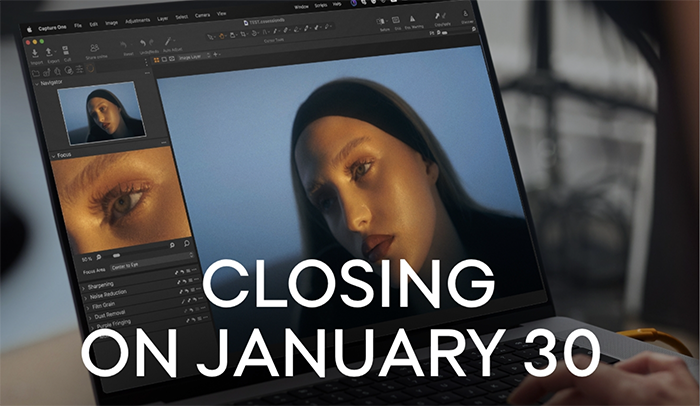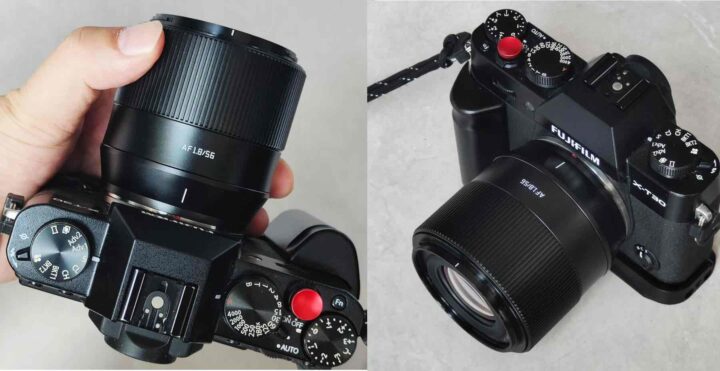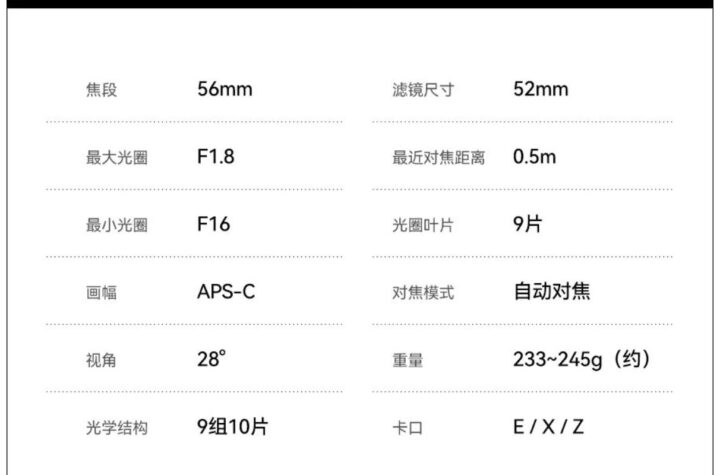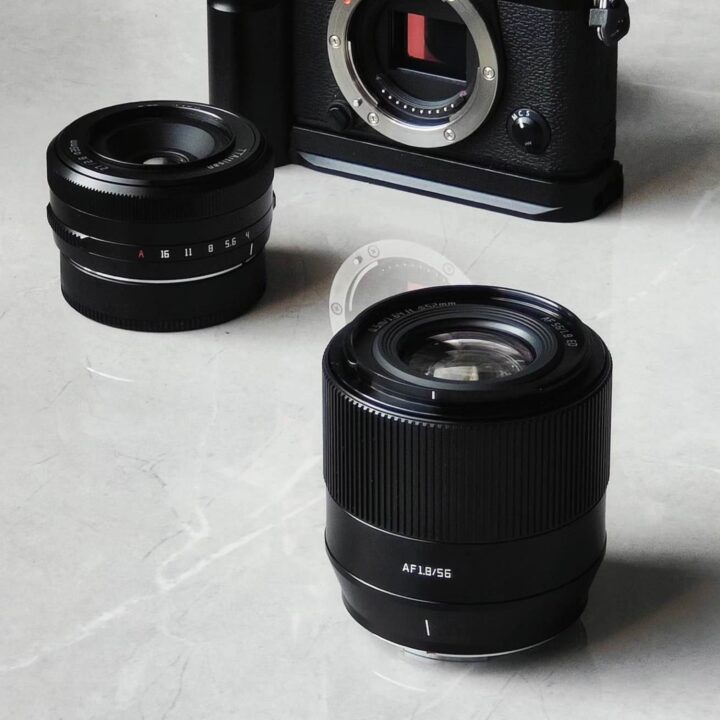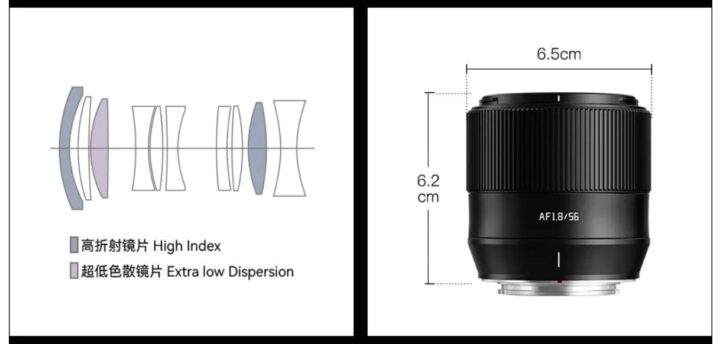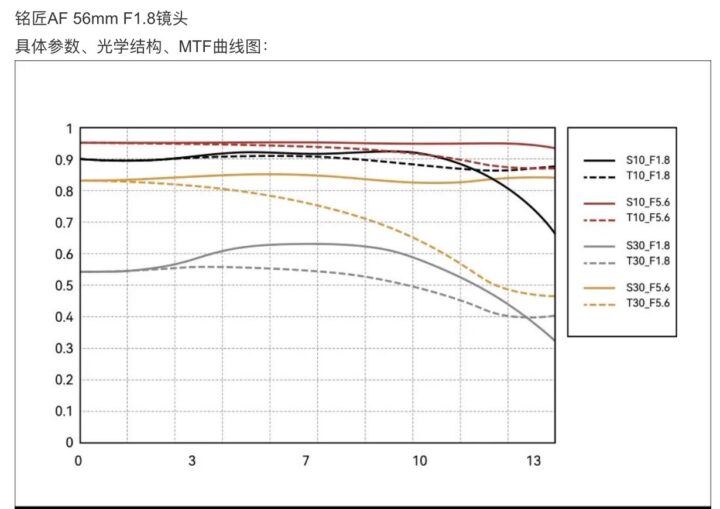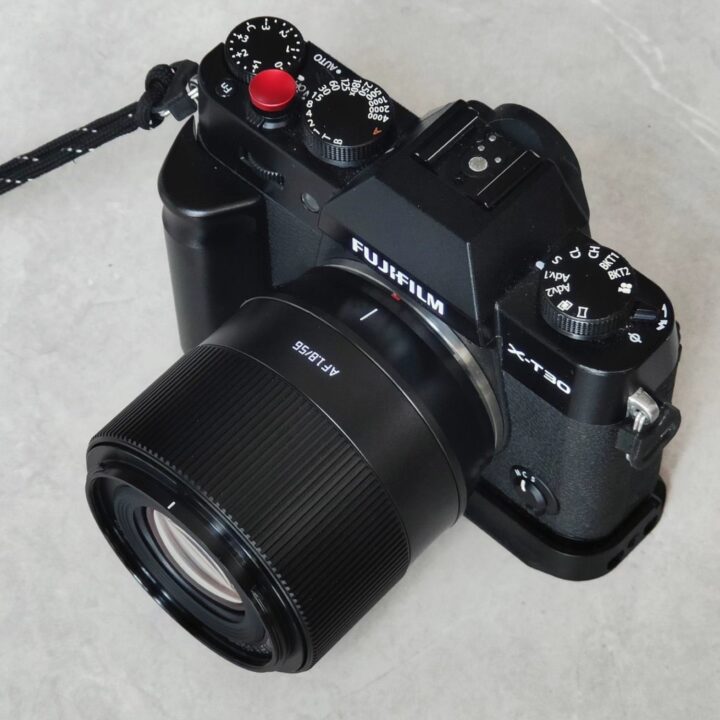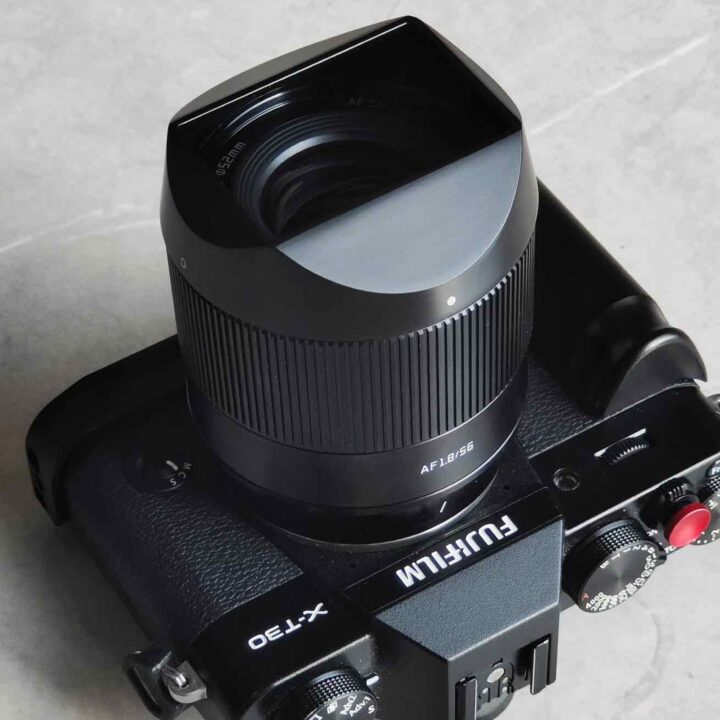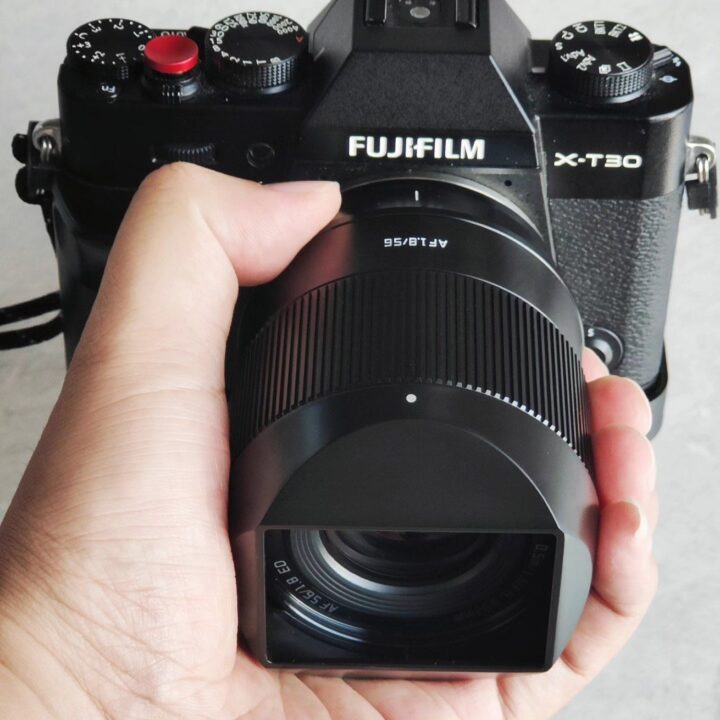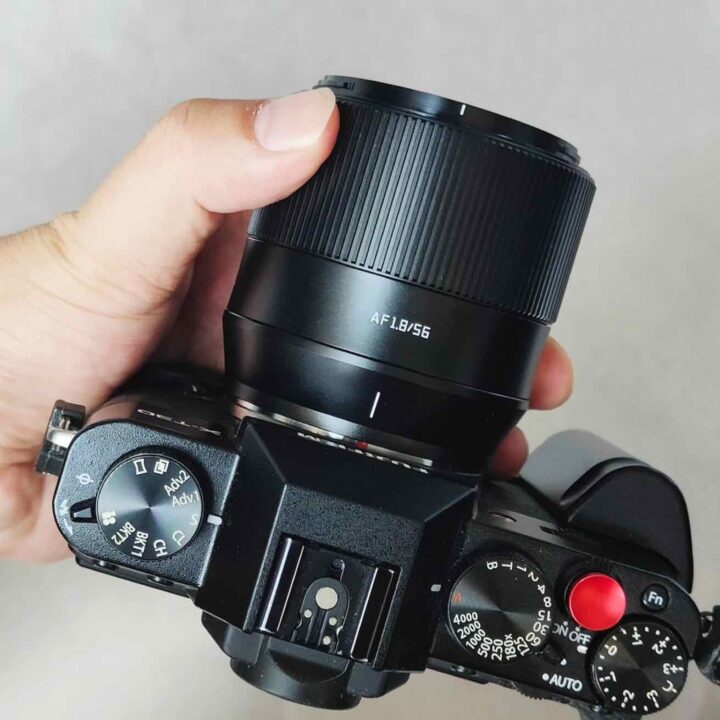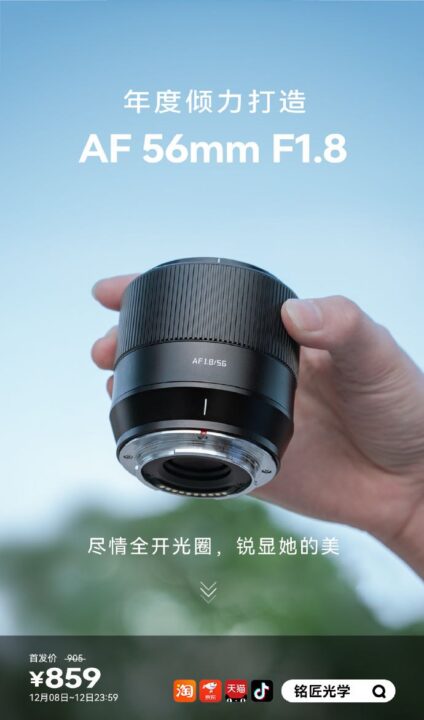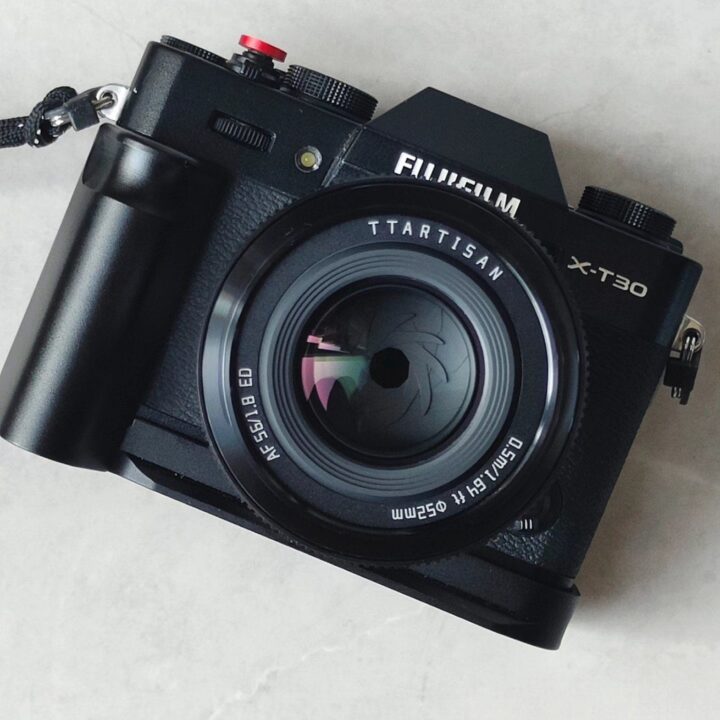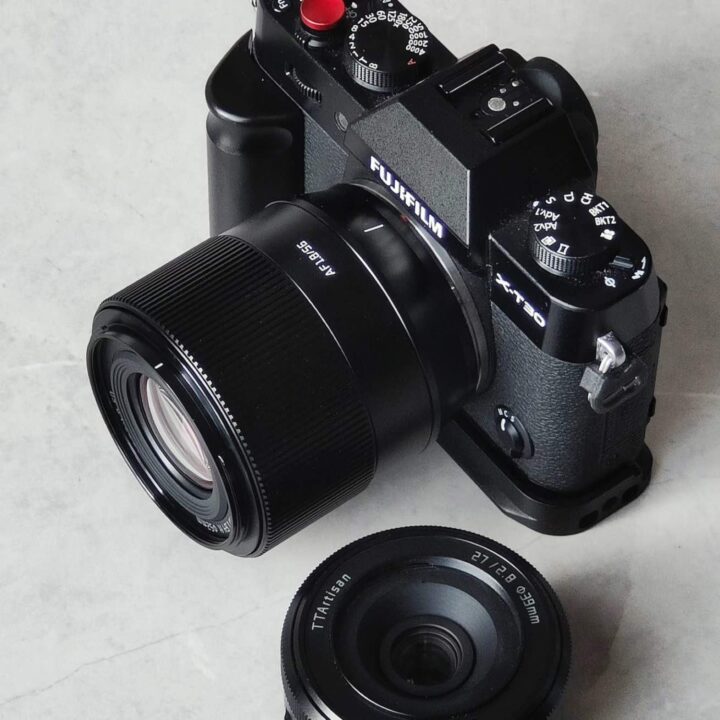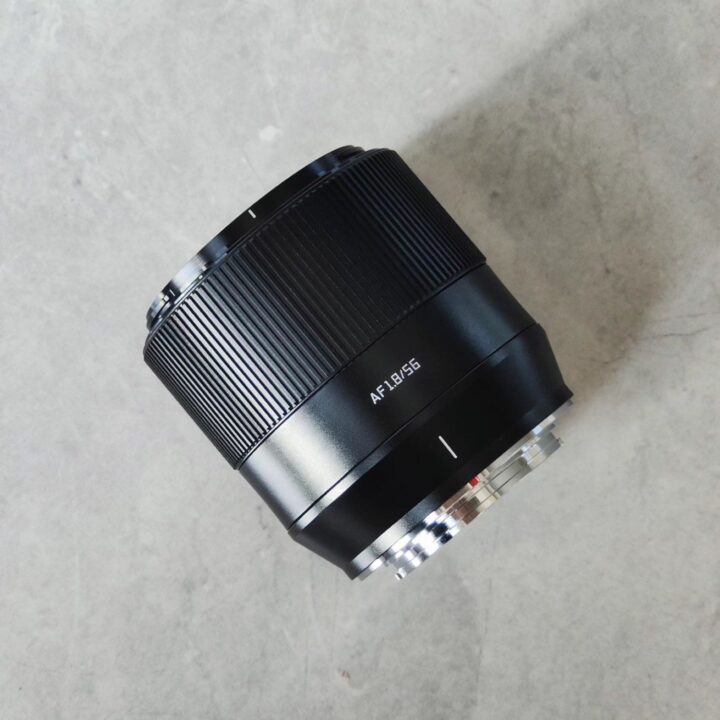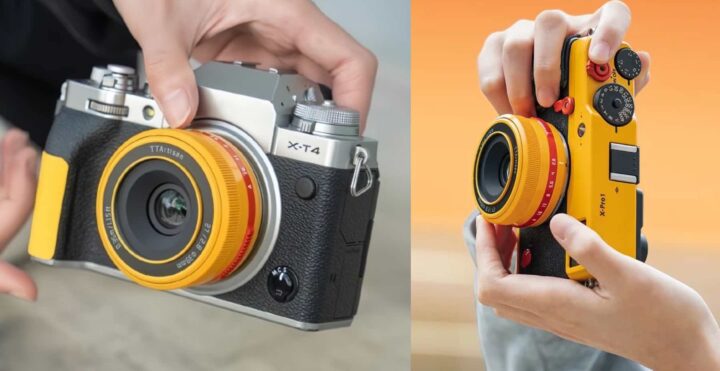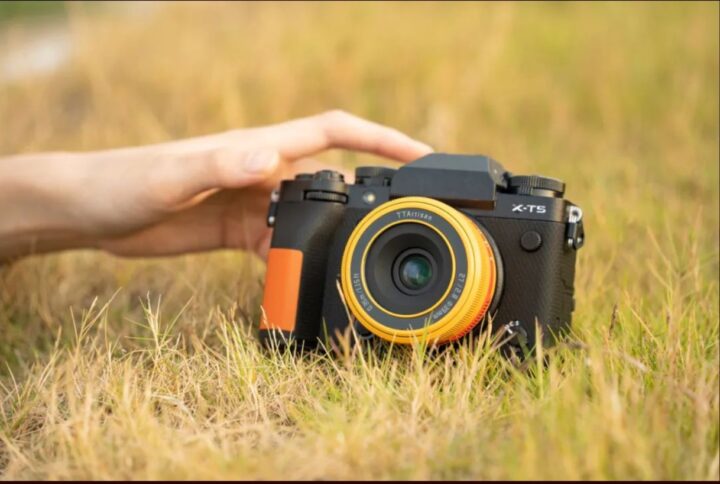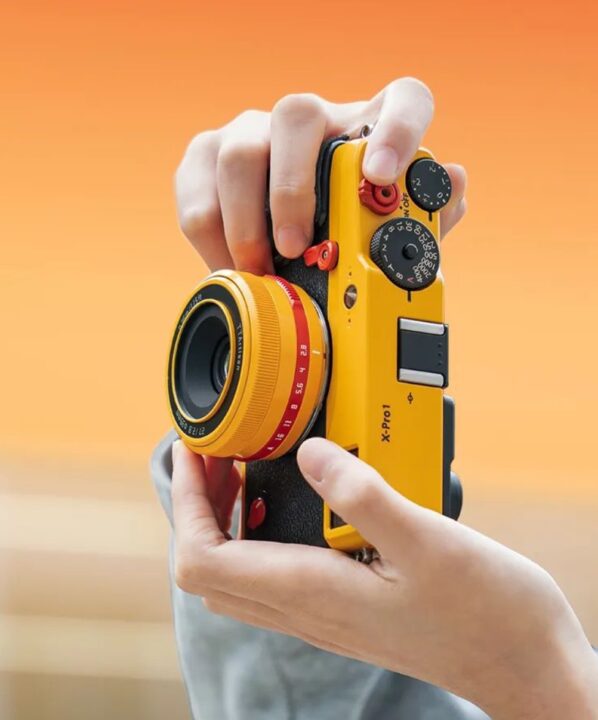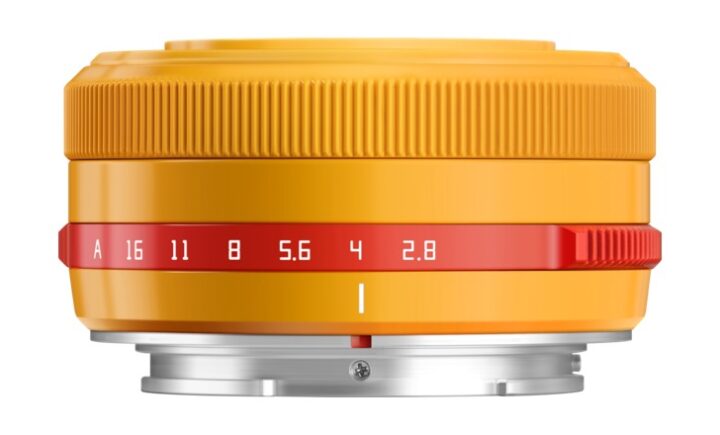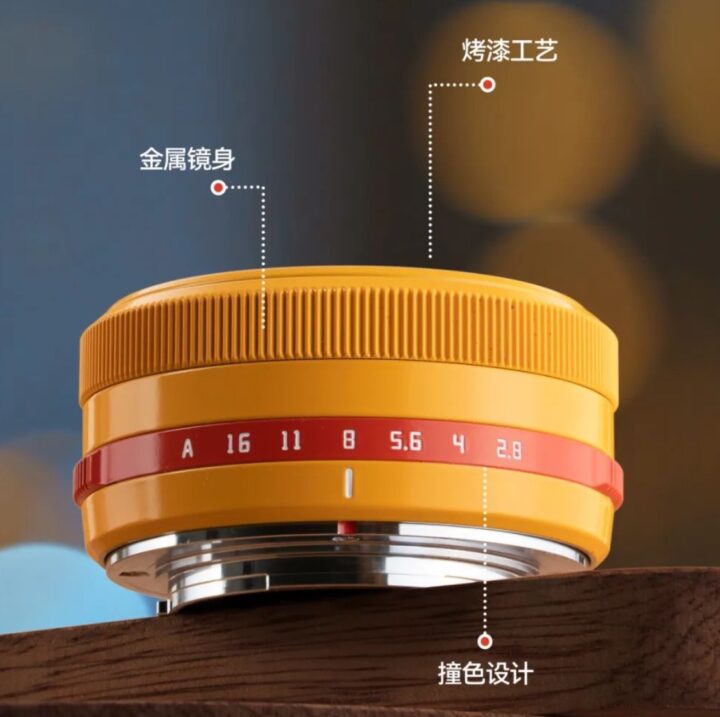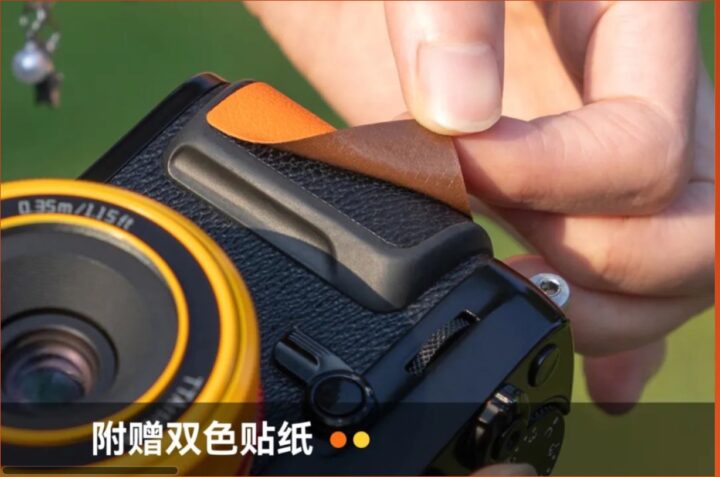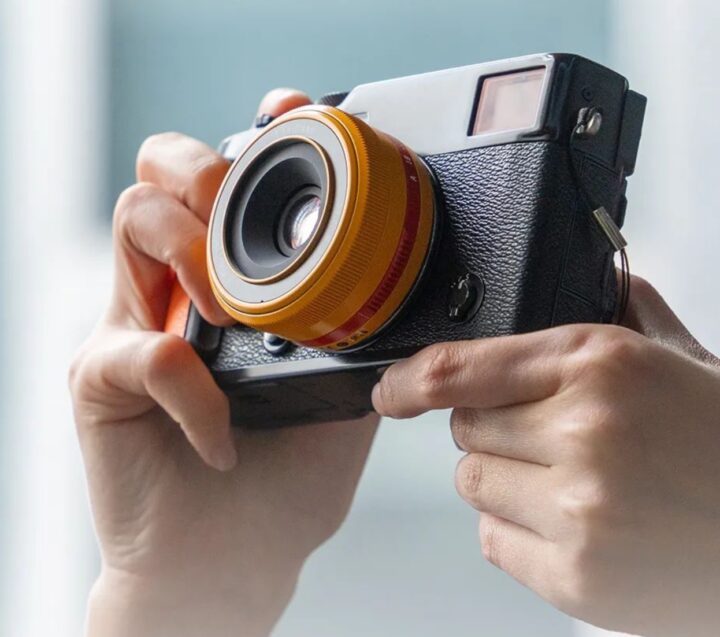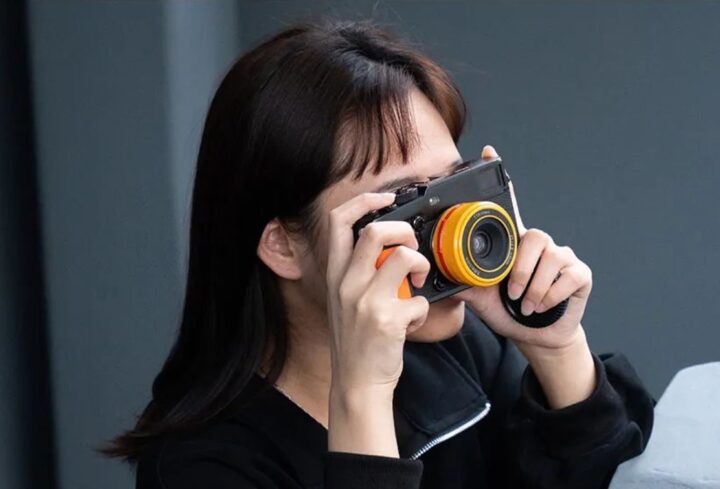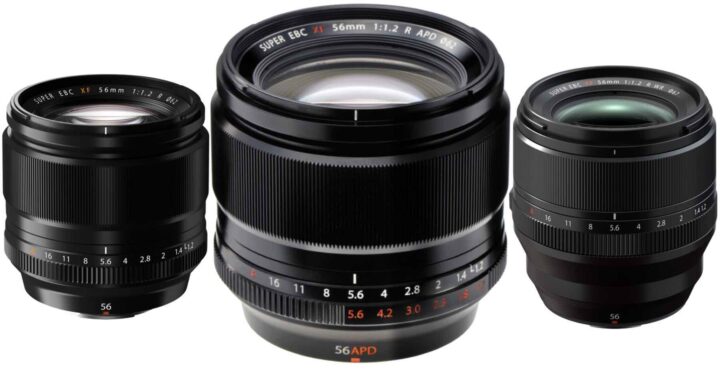Capture One offers FREE Fujifilm RAW Converter for Fujifilm Users
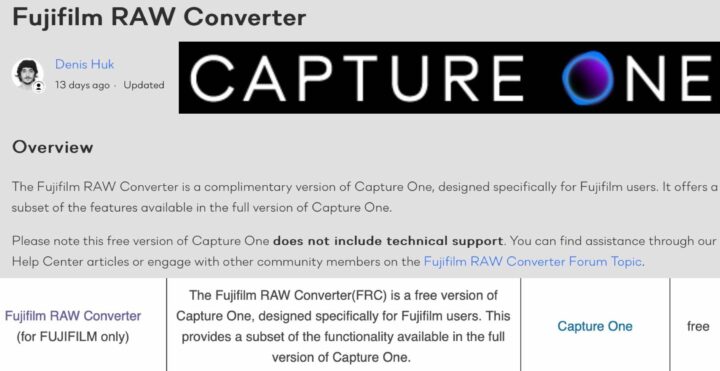
FUJIFILM RAW CONVERTER
We just reported how Capture One is going to discontinue the free version Capture One Express on January 30.
But there is an alternative.
As pointed out to me by fellow FR-readers (thanks), Capture One is offering the FUJIFILM RAW CONVERTER (FRC) for Fujifilm users only.
As written in the Q&A section of Fujifilm here:
The Fujifilm RAW Converter (FRC) is a free version of Capture One, designed specifically for Fujifilm users. This provides a subset of the functionality available in the full version of Capture One.
As Capture One writes on their website here:
The Fujifilm RAW Converter is a complimentary version of Capture One, designed specifically for Fujifilm users. It offers a subset of the features available in the full version of Capture One. Please note this free version of Capture One does not include technical support.
Of course Capture One’s Fujifilm RAW Converter comes with limited featured compared the to the paid full version (although film simulations are supported). You can see the features comparison here.
How To
Capture One is not super clear on how to get access to this free version. But I have contacted Capture One and asked them how it works.
This is what they told me:
Once you access the free trial of the All in One Bundle (refer to this page to get it), the Fujifilm RAW Converter license will be available to you. You will then be able to switch from trial to the RAW Converter as described in this guide.
Make sure to cancel trial before the 3rd free month is over, to avoid being charged further.
Certainly Capture One is trying to make this a bit more complicated than necessary and they don’t really clearly advertise this free version, but given the direction Capture One has taken in recent times, this does not surprise me.
At least there is the FujiRumors community, who is always willing to help out ;)
Thanks so much guys!
UPDATE: In the comments it has been asked if the license is limited to a single camera (since you have to add the serial number of the camera). Capture One answered me this:
No, you won’t be limited to using files from only one camera model, you’ll be able to work with all Fuji cameras officially supported by Capture One. You are required to provide a serial number of the camera for verification purposes only

